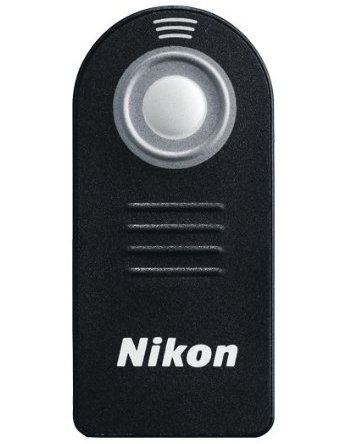In last few weeks, I have got several requests from the readers to write about Shutter Speed, Aperture and ISO; three pillars of photography also known as exposure triangle. If you are reading about photography or want to learn the basics of photography, you would see these terms almost everywhere. These are the foundation and very fundamental settings for your camera. When you shoot in Auto mode, camera calculates these parameters for you but if you want to have more control of the lighting or exposure, you have to use either semi-manual or Manual mode and select these values manually. To change the shutter speed, your camera should be either in Shutter Priority mode (S) or in Manual Mode (M). If you are into Shutter priority mode, you change the shutter speed and the camera adjusts an Aperture value automatically to balance the exposure. And if you are using Manual mode, you can set the shutter speed, an aperture value and ISO independently. In this blog, we will discuss more about the shutter speed.
What is the Shutter Speed?
Shutter speed indicates how fast the shutter of your camera opens and closes while taking picture. When you press the shutter release button, it opens the shutter of the camera, allows lights from the subject to the censor of the camera and closes it. The time difference of the opening and the closing of the shutter depends upon the shutter speed. Higher the shutter speed faster the shutter opens and closes. Similarly, lower the shutter speed, shutter will open for a long time. Shutter speed is directly related to the exposure settings of your camera. Higher shutter speed means it will allow less lights into the censor but captures fast moving subject (freezes the motion of the moving subject) by closing the shutter quickly. Lower shutter speed is used when you want to allow more lights into the censor and capture the activity. While using the slower shutter speed, you have to be careful of the camera movement. If you are shooting with the slower shutter speed without using tripod, you might get blurry picture because of the camera shaking.
Tip: Relationship between the Focal Length and the Shutter Speed
The general rule of thumb is: If your lens is not a VR (Vibration Reduction) lens and you are not using a tripod, your shutter speed should be at least 1/(focal length) of the lens to avoid blurriness on the picture due to camera shake. For example, if you are shooting handheld with 105mm non-VR lens, you should use 1/105th seconds of the shutter speed to get sharper image. If you are using a VR lens, you can decrease the shutter speed up-to 2 to 4 stops depending on the lens because you would gain that much light by turning the VR feature on.
Now, let’s look at how the shutter speed is indicated on camera and what does it mean to you as a photographer.
Shutter speed is indicated by the whole number or the fraction or special notation, BULB. The whole number is generally followed by a double quote to indicate that it is in a second format. The fraction value is represented as a number without a quote. For example, if you see 2" in your viewfinder, it means the shutter will open for 2 seconds. But if you see 60 in your viewfinder, that means your shutter will open for 1/60th of a second. Generally in a viewfinder, you won't see it in a 1/60 format but if you see a whole number without a quote, you have to understand that it's a fraction of a second. When you see a BULB, it means that your shutter will be opened as long as you press the shutter release button and until you release it.
Faster shutter speed to freeze motion
I took this picture above with the shutter speed of 1/1000th of a second and you can see how the birds’ movements are frozen.
Slower shutter speed giving silky water effect
This picture was taken at the shutter speed of 10 seconds using a tripod. I wanted to get the silky water effect with a long exposure setting and I was shooting in a very low light condition (at night) as well.
You want to use a faster shutter speed to freeze fast moving subjects like running players in a sports events or playing kids or racing cars etc. But you should use a slower shutter speed to capture a motion of your subject or if you are shooting in a low light condition or setting up for night time photography or to get silky effects of water fall using ND filter etc.
1" - Slower shutter speed and allows more light come into the censor.
1/4000 - Faster shutter speed and allows less light come into the censor.
I will discuss about shooting fireworks and it's relation with the shutter speed for the exposure settings in my next blog post.






